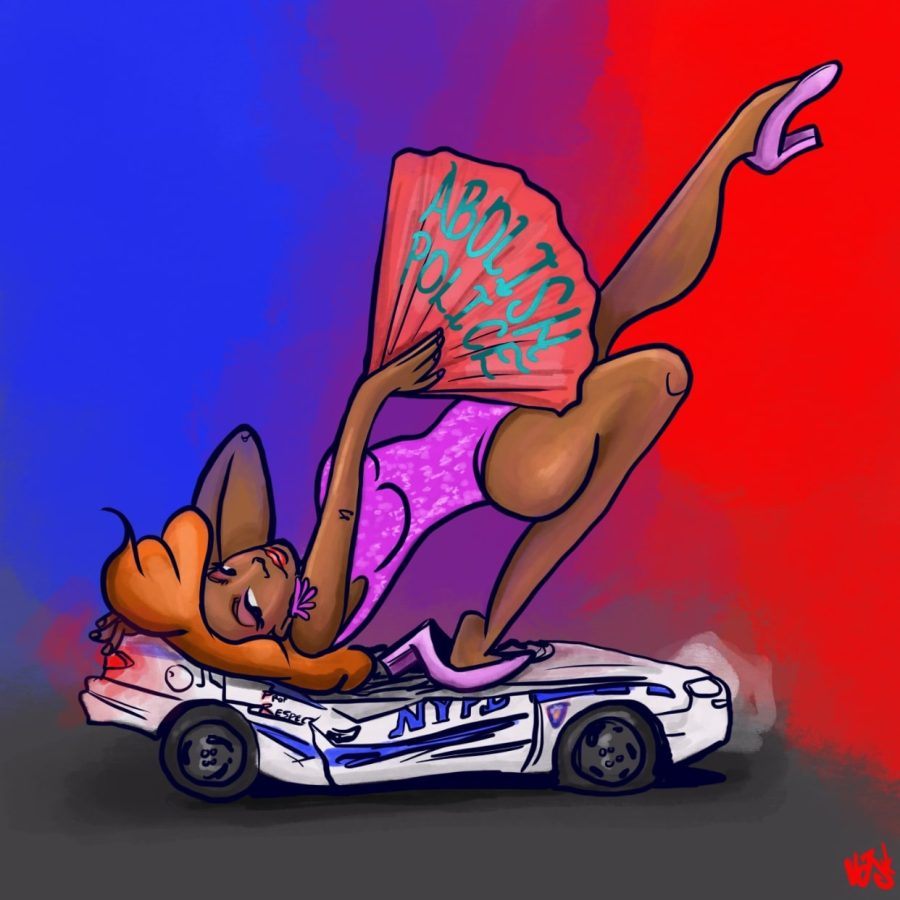Queer Afro-Latina identity and comics: a conversation with artist Sharon Lee De La Cruz
April 24, 2023
Sharon Lee De La Cruz, artist, activist and professor at New York University, spoke to Baruch students about Queer Afro-Latina history through comics on March 30.
She spoke candidly about the difficulties creators of color face, as well as her own exploration of identity.
Learning about her blackness and queerness in historically white institutions was problematic for her. However, it was those same institutions that gave her the space to figure out who she was: a proud queer Afro-Latina. “The privilege of being in higher education is you get to think through identity and what that means and how you move through space,” De La Cruz said.
De La Cruz shared how in the middle of writing her new book “I’m A Wild Seed,” she realized she was writing for the white gaze. “I almost threw out the whole manuscript!” De La Cruz said.
De La Cruz’s introduction to comics was “Persepolis,” a graphic novel about an Iranian woman living
during and after the Islamic Revolution. She felt a connection to the story and drawings, even though she didn’t share the character’s cultural background.
“I had no ties to Iran, but I felt connected to the characters,” she told the audience. Comics are special to De la Cruz because they look deceivingly simple yet are incredibly beautiful. For her, comics combine art and storytelling into one.
“I Am A Wild Seed” is an unraveling of De La Cruz’s queer Afro-Latina identity that explores how she wants to represent herself in the world around her. “I was taught a very basic, whitewashed, Black history” De la Cruz said. Throughout the comic, she highlights the racism in politics and medicine. James Marien Sims, the “Father of Gynecology,” appears in the comic as a ghost of shame for the women characters.
De la Cruz shared her frustration with Sims, who developed pioneering tools and surgical techniques related to women’s reproductive health by conducting experiments on enslaved Black women without anesthesia. “I have a problem with that,” De la Cruz said.
De la Cruz views her art as therapeutic and uses humor to process her trauma. She said the hardest part of making her comic was reliving her trauma and figuring out a way to develop a humorous story with nuanced characters.
There were also discussions on the aesthetics of comics.
She made it clear that the speech bubbles, the frame, the gutter and the panels are all created for aesthetic purposes. There is no underlying theory about why the space between the panels is black and not white – it’s simply more pleasing to the eye.
De La Cruz even shared her thoughts on the connection between memes and effective comic storytelling.
“When you see a meme and you laugh really hard, that is comic literacy,” she said.







